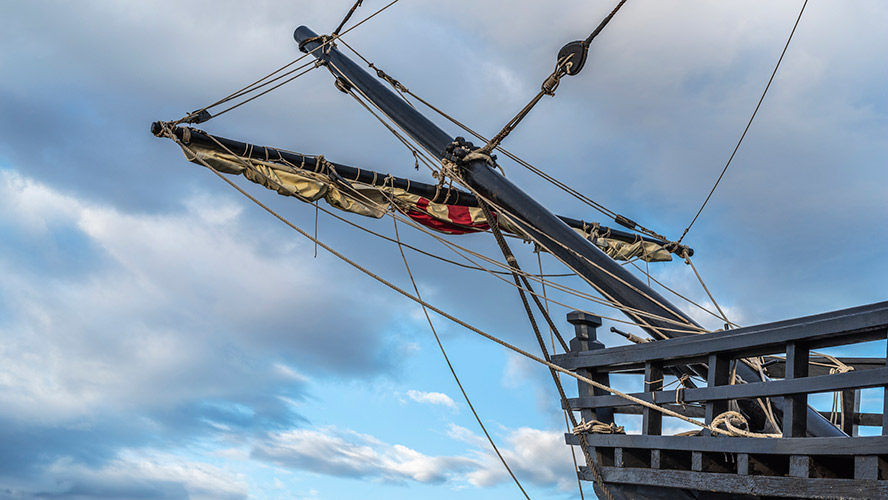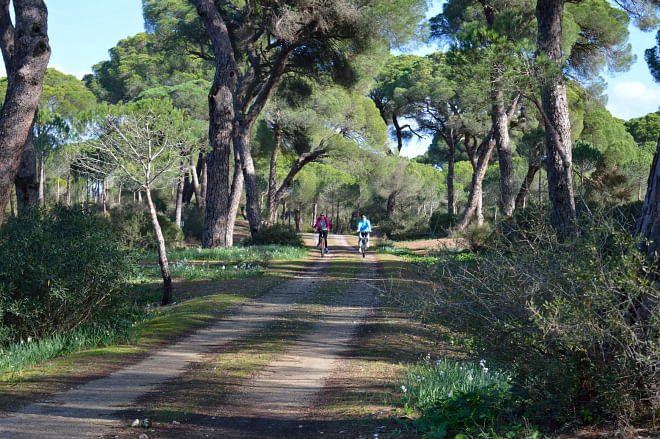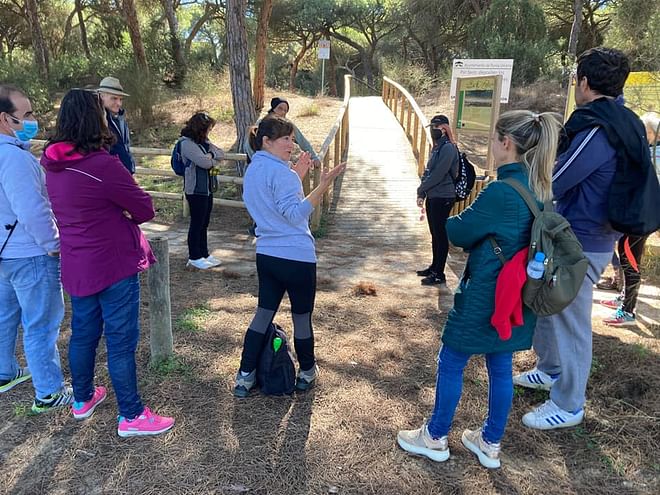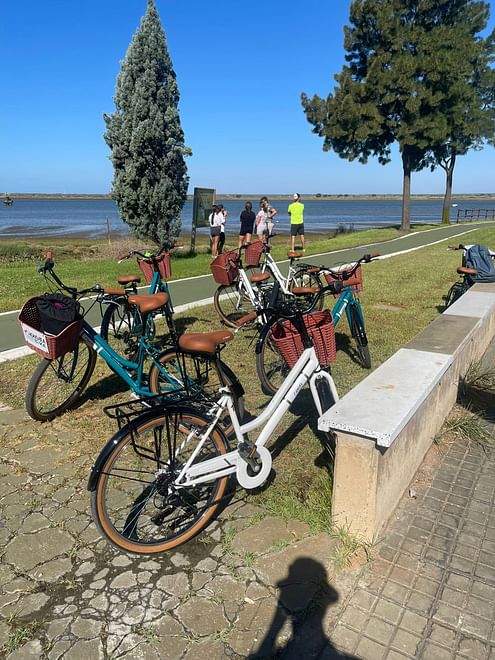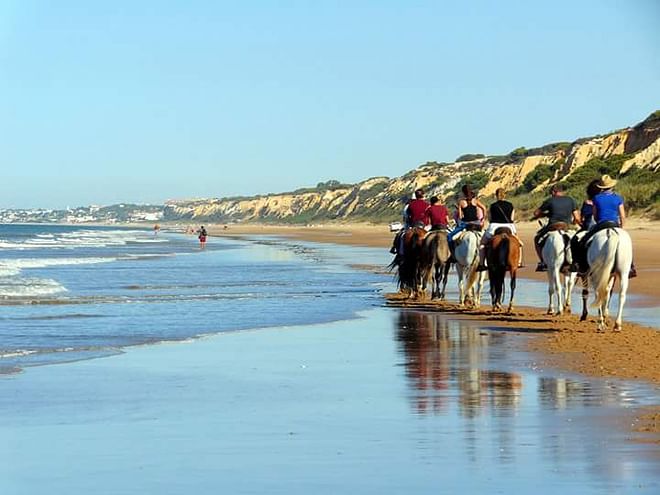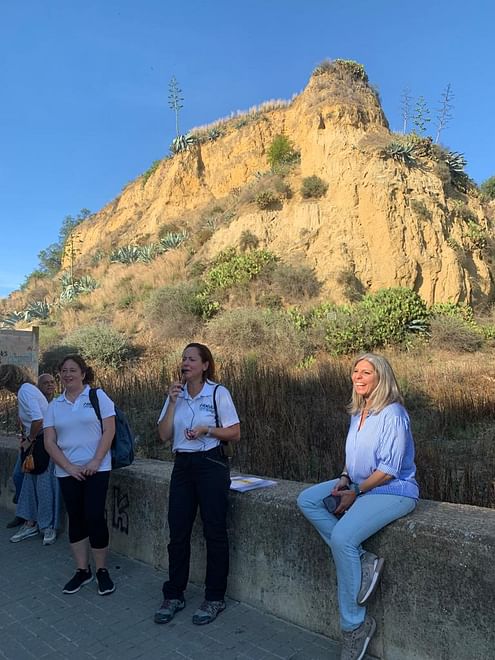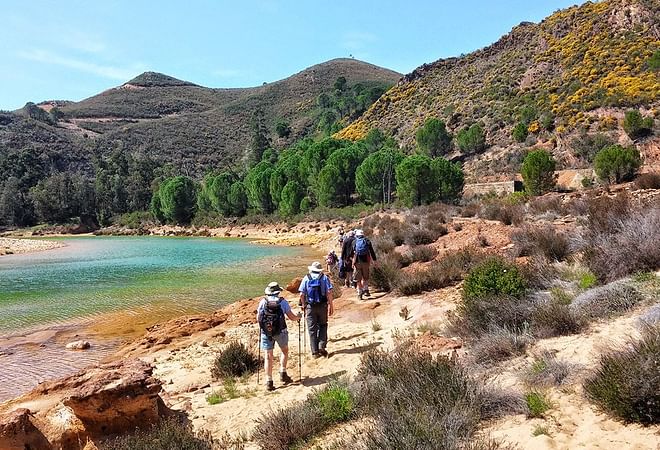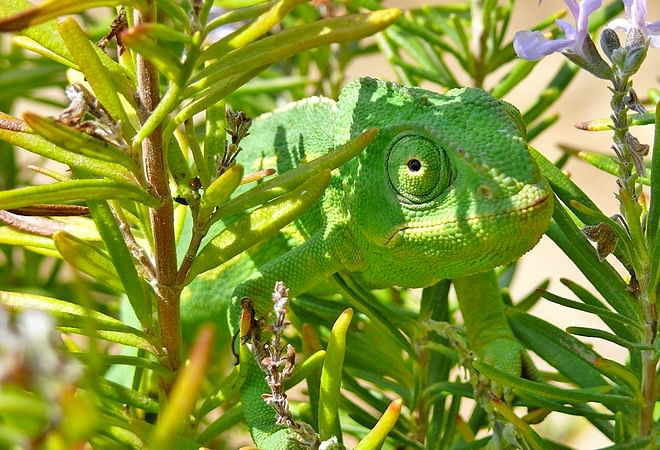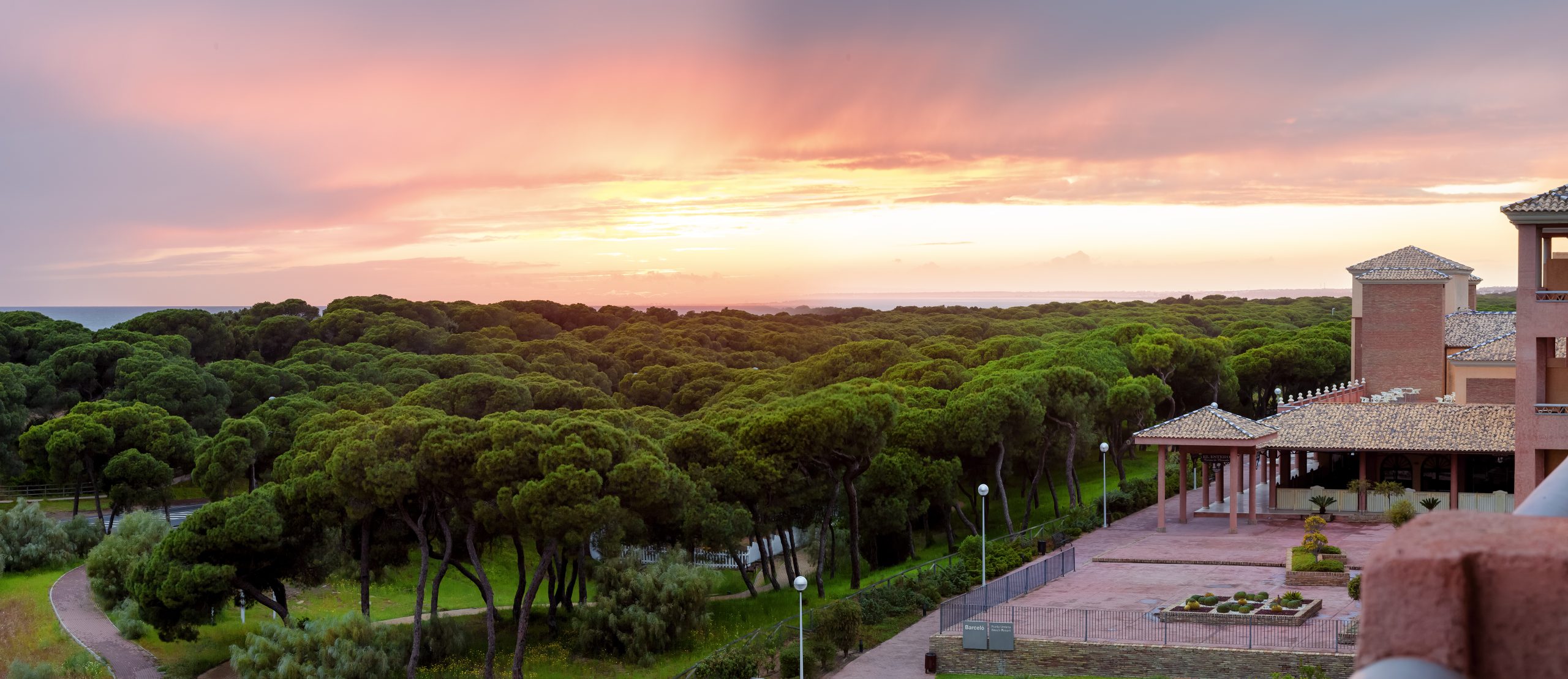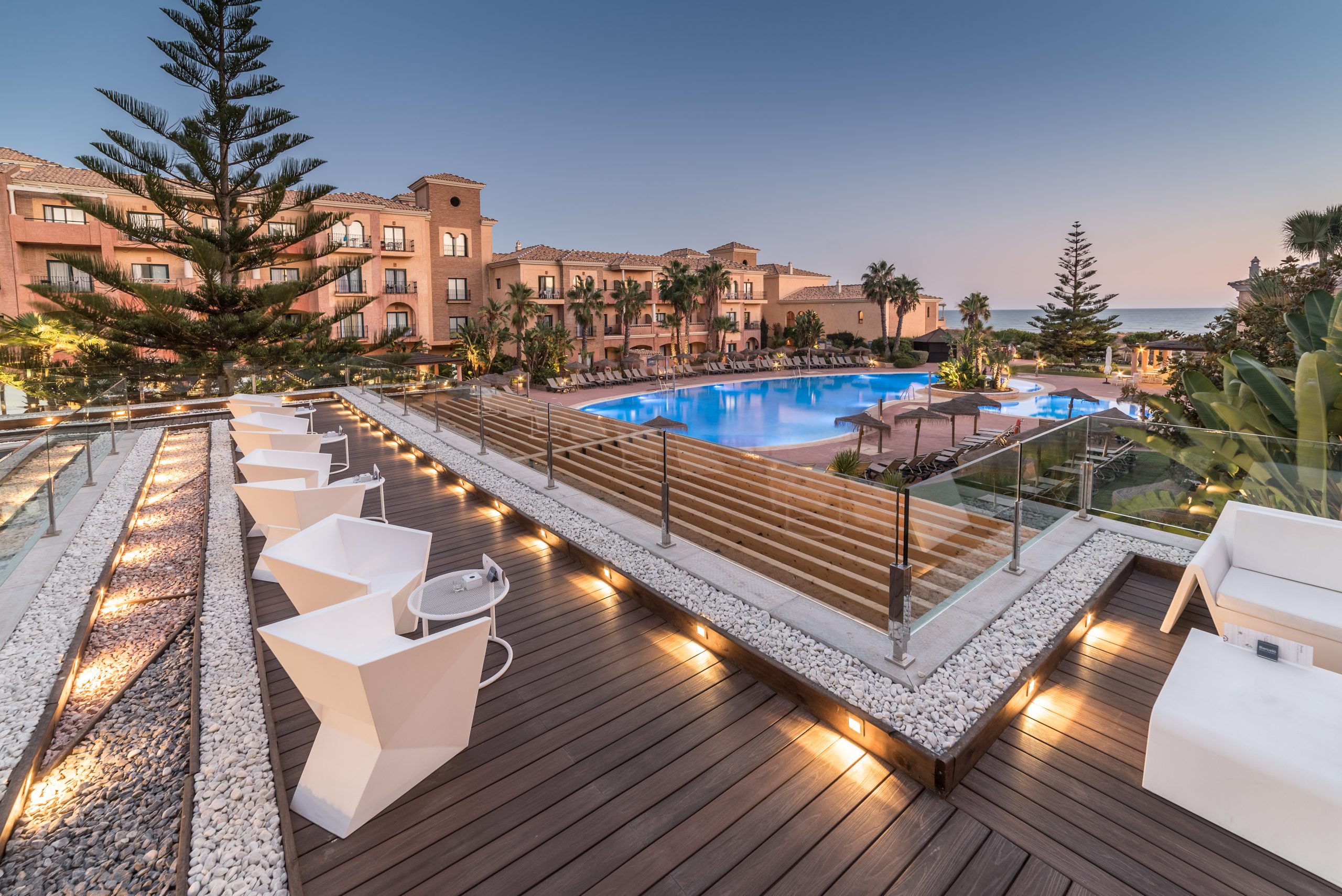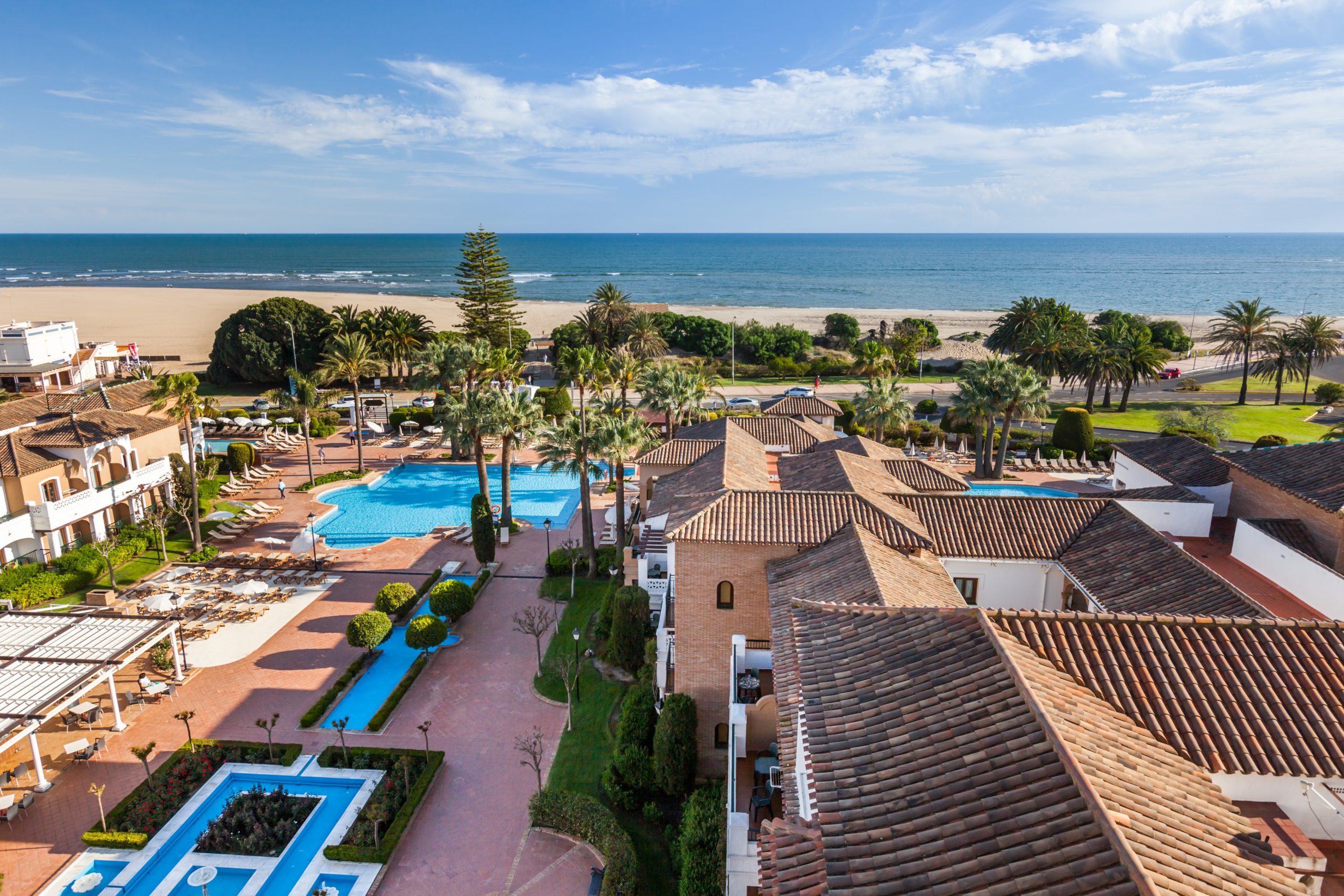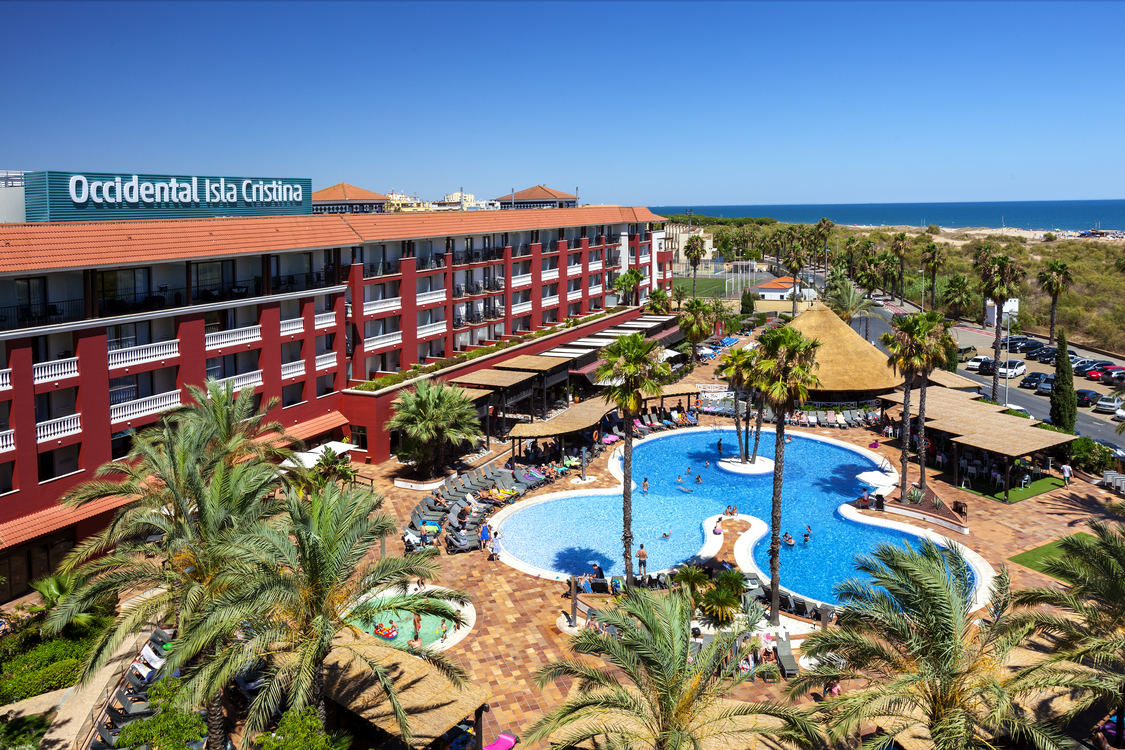Huelva is full of contrasts, and its capital city amply attests to this. The Museum of Huelva stands out among the many places of cultural interest you are likely to come upon, located as it is on the emblematic Alameda Sundheim, in the heart of what was the haute bourgeoisie district par excellence during the early years of the 20th century, and which serves, today, as the point of nexus between the old quarter and Isla Chica. This three-storey building is a veritable gateway into the history of Huelva, via Fine Arts, Archaeology and Ethnography. If you want more than just a cursory glance into the cultural life of Huelva, it is a place you simply have to visit. Let us now open its doors to see exactly what awaits you there.
Museo de Huelva: vouching for culture
The Iberian Peninsula was not unaffected by the surge in Museum culture that swept across Europe in the early 20th century. It was therefore hardly surprising that a select group of intellectuals and museum-lovers decided to create a museum in Huelva. Initially erected on Calle Ricos, it was called Museo Provincial de Bellas Artes and became a State-run entity in 1922.
Private donators provided the Museum with most of the collections displayed during those early years. Madrid’s Museo de Arte Moderno was the other major source, offering some 19th and 20th century paintings. The outbreak of the Spanish Civil War led to some works being returned to their previous owners while the rest were kept there as the museum gradually took shape, to develop into what it is today.
During the 1940s, an attempt was made to open a new museum in Huelva, an Archaeology museum, with the project supervised by engineer Carlos Cerdán Márquez. The building chosen for the undertaking was yielded by the Puerto de Huelva. But conditions for the exhibition of collections were hardly ideal.
It was not until several decades later, in 1973, that a definitive site was found for The Museum of Huelva, on Alameda Sundheim, in a building specially erected for the purpose: a 3,000 m2, three-storey structure, complete with a lower-ground floor and a garden-cum-walking area.
Museo de Huelva: a glance at its permanent and temporary exhibitions
The permanent exhibitions of the Museo de Huelva are structured in three sections: Archaeology, Fine Arts and Ethnography. Each section offers singular works that are a feast for the eye:
The Archaeology Section
Taking up some 950 m2 of the compound, this section comprises a room for the permanent collection and a storage area, which can sometimes be visited. This is one of the most interesting areas, thanks in no small measure to the very rich historical heritage of the province of Huelva. Among the works to be savoured here, El Tesoro de la Zarcita and El Pozuelo, complete funerary objects that are still in a good state of conservation. No less interesting are the ceramics and metal objects unearthed from La Joya, an archaeological site dating back to the Tartessian culture, one of the most advanced in the region thanks to the mines of Tejada la Vieja and Niebla. Mining materials from Riotinto during the Roman period are also of particular interest.
The Fine Arts Section
Occupying some 650 m2 of the compound, this part of the Museo de Huelva includes some four rooms, as well as a storage area on the first floor. Over the years, this collection has become more sizeable, works having been offered by the Museo de Bellas Artes de Sevilla (The Museum of Fine Arts of Seville), the Museo Nacional Centro de Arte Reina Sofía (The Queen Sofia Museum), and private donators. There normally are two groups of works on display: one devoted to local painter Daniel Vázquez Díaz, who embraced realism and cubism, and who is very well known for his frescos that are at Monasterio de La Rábida. Among stand-out works of his on display here, Muerte de un torero. The other sizeable group of work revolves around the history of plastic arts in Huelva, and includes important works by José Caballero and Mateo Orduña Castellano. A great opportunity to get to know these artists.
The Ethnography Section
This section does not, in actual fact, function as such. The collections are divided between Huelva and Seville. It is, though, the area where the temporary exhibitions are usually held, many of them focusing on the traditions and handicraft of the many towns and villages of the province. During your visit you are sure to find some appealing temporary exhibition that will give you an insight into the culture of the towns and villages of Huelva province. Make the most of it.

























































